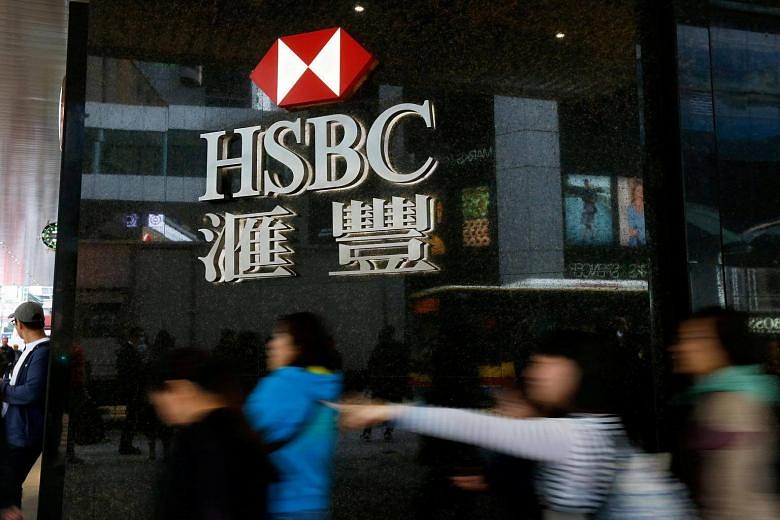LONDON/HONG KONG (BLOOMBERG) - HSBC Holdings posted a surprise increase in first-quarter profit after chief executive officer Stuart Gulliver stemmed the revenue decline that has dogged his six-year tenure.
Adjusted pretax profit, which excludes one-time items, rose to US$5.94 billion (S$8.3 billion) from US$5.3 billion a year earlier, the London-based bank said in a statement on Thursday (May 4). That beat the US$5.3 billion average estimate of four analysts compiled by Bloomberg. Adjusted revenue rose 2 per cent to US$12.8 billion: Analysts had forecast a 9 per cent drop.
"Our global businesses maintained their momentum from the end of 2016," Mr Gulliver said in the statement. "Our cost-saving programme remains on track to hit the higher cost-saving target we announced at our annual results."
Striving to halt five years of shrinking revenue, HSBC has exited almost 100 businesses, 18 countries and endured several costly misconduct scandals. It recruited Mr Mark Tucker to succeed Mr Douglas Flint as chairman in October, giving the head of insurer AIA Group the task of galvanising growth in Asia and finding a new CEO. The lender also has to navigate potential trade disruption from US President Donald Trump's protectionist agenda and a slowdown in the United Kingdom after Brexit.
The bank's London stock has climbed 45 per cent in the past year, supported by US$3.5 billion of share buybacks in the past eight months. Some analysts had been hoping for an update on the prospect of further repurchases, but no new plans were announced in the statement.
HSBC said its adjusted expenses in the first quarter increased 2.7 per cent to US$7.2 billion. Costs rose faster than revenue, identified as a strategic issue to address by the management.
The lender posted an 8 per cent return on equity, a measure of profitability, down from 9 per cent a year earlier. Its common equity Tier-1 ratio, the key indicator of financial resilience, climbed to 14.3 per cent from 13.6 per cent at the end of 2016.

